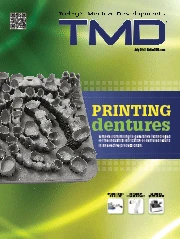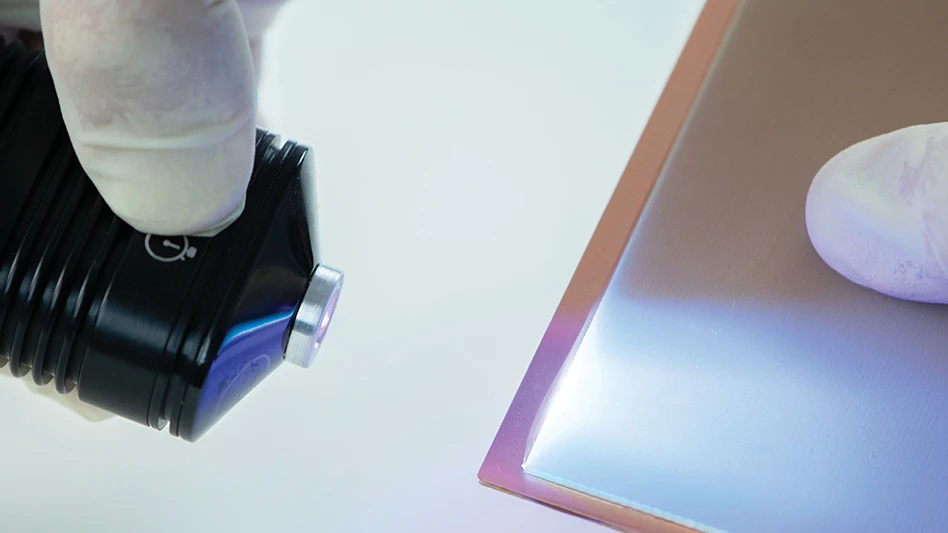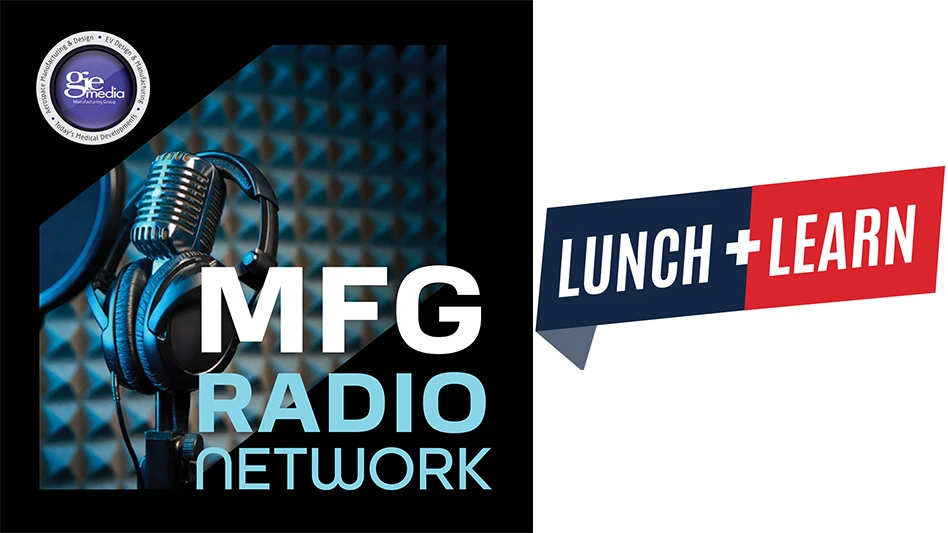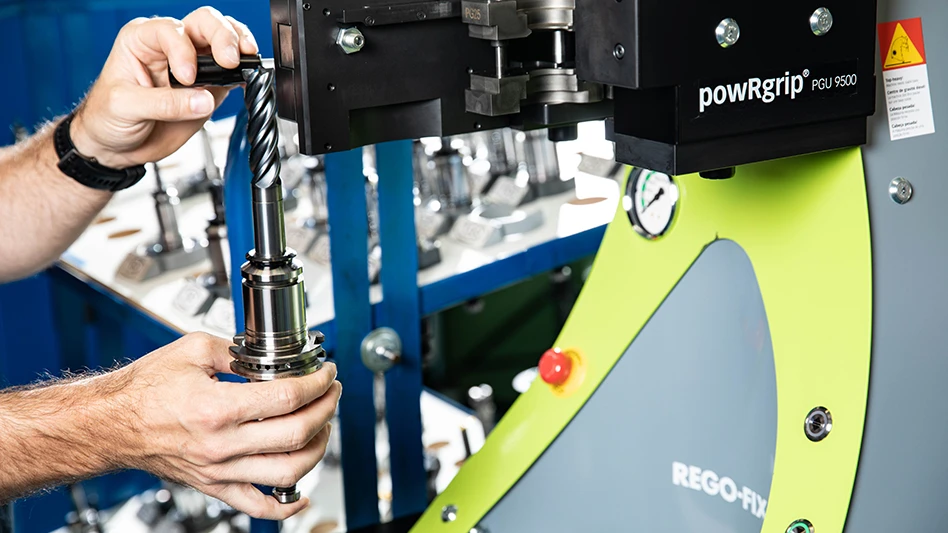 Development of new products in medical manufacturing requires the right combination of collaborative sources - and knowing how to access those sources for material and design answers. Development of new products in medical manufacturing requires the right combination of collaborative sources - and knowing how to access those sources for material and design answers. |
For manufacturers, NineSigma provides a structured technology scouting service,” states Dr. Kevin Stark, vice president, NineSigma. “In the very basic nature, we break down our client’s challenges and needs into Needs Statements – Needs Requests – simply stated, we are doing technology searches.”
That is how Stark helps to explain the scope of NineSigma to someone not familiar with their core idea – Open Innovation (OI).
In February 2000, the beginning of NineSigma’s existence, OI was not yet a known term, but the basic idea of what OI exemplifies was similar to the ideas that founder Mehran Mehregany, a professor at Case Western Reserve University (CWRU), had in mind. Mehregany was familiar with government-funding agencies, such as the National Institutes of Health (NIH), Department of Defense (DoD), etc., and their use of a formal solicitation processes to seek out people to fund new research or new ideas in order to meet the objectives of the agency, or the broader objectives of defense or national health to benefit the U.S. population.
Essentially, his core idea was that with the explosion of the internet, information was everywhere, anywhere, and available to everybody. Therefore, the question he wanted to answer was whether a similar process could be mapped and adopted by companies to better help industry tap into the expertise in a more structured way – finding partners in other industries with which they could collaborate.
“Today, our services combine the people, the processes, and the technologies. Therefore, from a process standpoint, much of what we really do are facilitated technology searches or technology scouting. The Internet has helped us develop a large global network of millions of solution providers that our clients can tap. From a people standpoint, we have seen how companies setup OI practices over time, so we do consulting and advising work to help organize the right groups. Then, from a technology standpoint, we are helping clients research and look at new emerging technology spaces and landscape those against their strategic needs,” Stark explains.
“I think the key to NineSigma’s success is we cast a broader net,” states Dr. Alfred Malouf, senior program manager at NineSigma. “Many of our clients have been working in a particular area and they know that area very well. However, they also know the solution they require is not in that area. So, what we are able to do is break a problem down into its very basic components – writing specifications around those components – in order to cast a broader net to adjacent technology areas.”
As an example, Malouf explains that a medical company might find a solution from a coatings company that is using the process in a completely different industry, but with the right look at the need, it could shift over to the industry requiring the solution.
It is all in the Pool
Sounds somewhat like a large database of ideas, right?
Well, the staff at NineSigma rather bristles at the idea of calling their technical aspect a database. Of course, they do have a large database from the millions for which they have done work for during their 12 years in business, but it is really more than that.
“We are always mining and casting as wide of a net as we can, going out to new people over and over again to meet the newest objectives we face, because we never know what problems are going to come up next,” Stark says. “Therefore, we always want to know how to reach out to new people, so our so-called database is the entire world of people we can access, those who are the building blocks for the next idea.”
However, one might wonder how its success can work across such varied industries.
|
A Process, A Business Practice, A Philosophy Kevin Stark, vice president, NineSigma feels that the services they provide are really a business practice. “What we are doing is teaching and executing against a business practice, but from an organizational standpoint, I think there is a philosophy that you have to get people to recognize that not all the smart people work for only one company. The true idea is that there is so much going on elsewhere in the world that you have to open your mind and realize that it is possible to find the solution outside the organization. Therefore, I think that part is a philosophy, which is why you hear people talk about this, and CEOs discuss it, because if it was just a business practice you could read a book and accomplish it; it would be simpler, but it goes deeper than that.” |
“We see it work in every industry, but the nature of the challenges changes somewhat, depending on what the focus is,” Malouf adds. “Therefore, if you are only in medical manufacturing and you have been making the same device forever, well, the opportunity to find something else that can drop in and dramatically improve your speed – coming in from your own industry – is highly unlikely. Now, it does not mean that you cannot find the expertise, or other elements to help, but you need to know how to reach beyond your own sector to find the answer.”
Stark offers an example of how one company was producing a product that required improving the quality control for the vitamin content it was producing. The original process was to take a sample from the batch in production, sending it off to a lab, and waiting a few days for the result. If it was not up to par, the entire batch required disposal.
“The company wanted a more in-line process inspection technique, something that was unlike anything they had access to. With the net we cast through this request, the answer for this company in Europe came from the Southwestern United States,” Stark explains. “The respondent had an imaging technique that was being used for a completely different industry, but with an eye toward adapting it for this process, the approach answered that request.”
Stark continues explaining that this type of situation is what they encounter, repeatedly; noting that for a client to feel a solution is available exactly in the form required, to just drop into the needed situation, is not likely. Rather, through the requests that NineSigma sends out, they are well positioned to find a technique or technology that somebody is using which is very similar, one that addresses that Needs Request with the right adaptation for a specific application.
Benefits, Drawbacks
“For most of our clients, as it is with any industry, the final goal is always about speed to market. That is one of the major benefits of our services,” Stark explains. “Most companies approach it knowing they are headed down the path to get to market, quickly, knowing they need to find the help to get there faster – perhaps there are other people on the same path, further along. NineSigma’s services can help expedite that path.
“The other benefit is that throughout the ’80s and ’90s, companies contracted quite a bit, and they let the staff focus heavily on what expertise they had to offer – what they are really good at, such as chemistry, application, formulation, etc. – the rest they left to be accessed when required. Because of this, the crucial component for many companies, today, is learning how to tap new talent to solve pressing problems or bottlenecks. Additionally, it is being able to tap this brainpower only when required and not merely hiring staff for a future need,” Stark says.
However, there are drawbacks, and Stark feels the largest is the hesitancy to consider this approach. “Quite often, we will hear people mention the Not Invented Here syndrome,” Stark states.
Not Invented Here is a term used to describe a persistent social, corporate, or institutional culture that avoids using or buying already existing products, research, standards, or knowledge because of their external origins.
“Breaking those cultural barriers is tough,” Stark admits. “There is also an issue with really excellent technologists who are good at managing projects and pushing them through to commercialization, but who are not always good deal makers, or expert at connecting and collaborating with people on the outside.”
Again, it is the people part that requires the right level of involvement from the staff at NineSigma; requiring the proper involvement in order to ensure clients that they have the right balance of team members in order for the project to be a success. One example comes from the early years of NineSigma, when they found some great technologies and partners for a client. That customer, though, was unable to integrate new solutions into their systems because of resistance from their technologists.
“I think overall these issues have eased,” Stark notes. “We are always encountering new clients who will readily admit that they are going to require our company’s patience because they have been doing business a certain way for a long time. However, if they know this, and are eager to make it successful, that hurdle is simple to overcome.
“So, as we start with brand new clients who are at square one, but open and willing, that is what is really exciting to me. The companies that show the ability to let us help them through this journey, when they have that openness to be ready and willing to embrace a new path, are appearing more often these days when compared to the early years,” Stark notes.
A great example is P&G, a very early and successful client at NineSigma. However, even the power of telling potential new clients that it was a success for P&G would still garner the response from many that, “just because it worked for P&G does not mean it will work for us.”
“Those days are gone,” Stark notes.
Impact on Companies
Companies have existing R&D divisions, so some might question how this process affects them if the answers can be elsewhere. Stark and Malouf both state OI works with the divisions, not against them.
Both note that they work closely with the existing R&D departments of the company that has the Needs Request. In most settings, individuals in the R&D departments have projects and must deliver – and this means they work with their internal resources as well as tapping into outside resources, looking to use existing external partners or looking further out to other experts in the field. Those experts beyond their field are the source of NineSigma’s part in the equation.
“These individuals working to deliver a manufacturing improvement, move a project forward, or find new capabilities to improve an existing product turn to NineSigma, which uses every tool at our disposal to meet these objectives. They realize that sometimes a solution can come from inside their company, and other times the answer lies beyond. This is where clients often become solution providers, and vise versa.
“NineSigma quite often works with clients where we are able to do many projects, year in and year out, and this requires us to do that continual casting of the net for the right answers,” Stark says. “However, these clients can also become the answer for another request. So often the client walks both sides with us.”
This is where accessing the right people with the right answers shows its importance, and even more so its precise execution of the requests they cast.
“We work with the client to learn what they are truly requiring and we create those Needs Statements, the requests, and we push them out to find the people that have the solution,” Malouf explains. “It can be a small company that answers, a large company, or an academic setting, and those are all people we have worked with to fill their request, or Needs Statement.”
To sum it up, Malouf feels that, “the customer relationship is really the core of NineSigma; we like to say that we are trusted advisors. The relationship our staff develops with our clients, and our solution providers, is what makes it a unique way of doing business. Our projects run across a large variety of industries, and the net we cast is just as wide. So, it is the hard work we offer of truly understanding each company’s culture in order to help, in the best way possible, for them succeed,” Malouf concludes.
NineSigma Inc.
Cleveland, OH
ninesigma.com

Explore the July 2012 Issue
Check out more from this issue and find your next story to read.
Latest from Today's Medical Developments
- Copper nanoparticles could reduce infection risk of implanted medical device
- Renishaw's TEMPUS technology, RenAM 500 metal AM system
- #52 - Manufacturing Matters - Fall 2024 Aerospace Industry Outlook with Richard Aboulafia
- Tariffs threaten small business growth, increase costs across industries
- Feed your brain on your lunch break at our upcoming Lunch + Learn!
- Robotics action plan for Europe
- Maximize your First Article Inspection efficiency and accuracy
- UPM Additive rebrands to UPM Advanced





